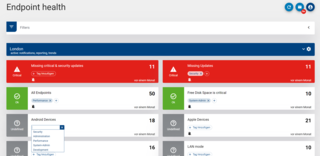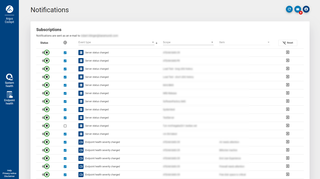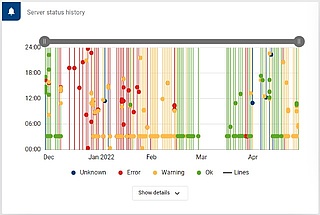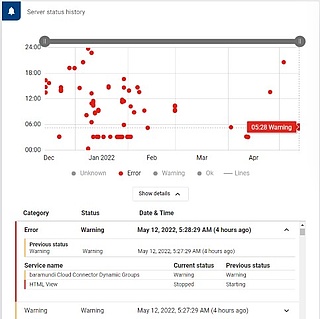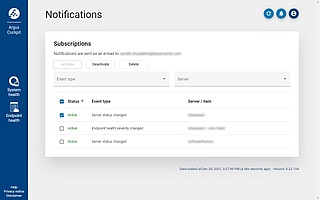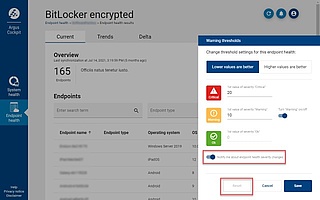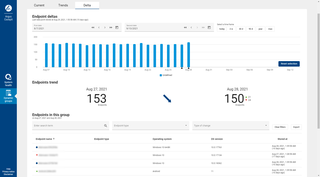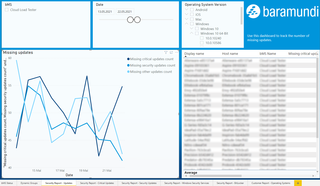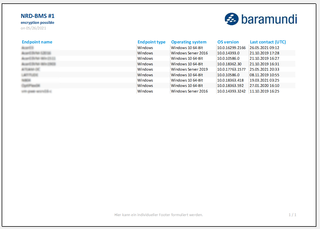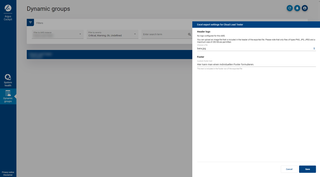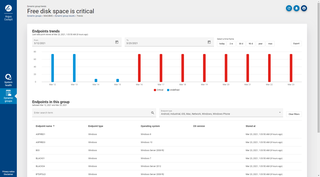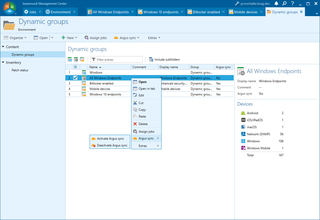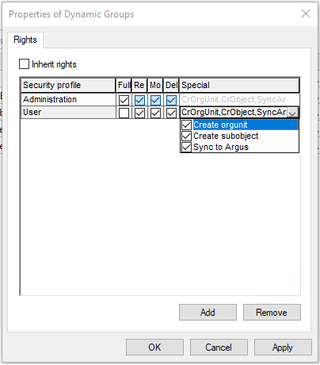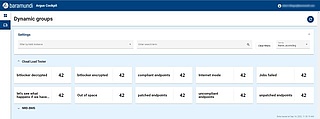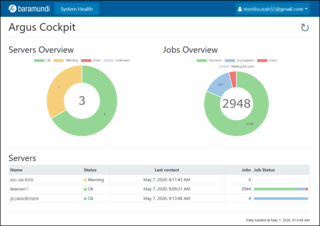Details on all updates to baramundi Argus Cockpit
Feature updates for baramundi Argus Cockpit (bAC) are described below in chronological order.
Stay up to date: Bookmark this list in your browser or access it directly from the bAC.
February 2023
New functionality for multi-site IT environment and user role management
May 2022
Identify recurring server service issues, improved performance, UI and security.
January 2022
Early email alerts for key events and incidents, plus UI, performance and security enhancements.
October 2021
Delta View: New function for quick comparison of historized data
July 2021
New bAC reporting interface enables detailed reports about your IT environment
May 2021
(Historical) Export Data from UDG Result Sets to Excel
April 2021
Display historical data with Argus Trends
December 2020
Individual thresholds for synchronized Universal Dynamic Groups
September 2020
Assign responsibilities and maintain security when using UDGs
May 2020
The new "baramundi Argus Cockpit" module goes live
Feel free to provide your suggestions for new functions in the bAC here
Download documentation and instructions for the baramundi Argus Cockpit here




